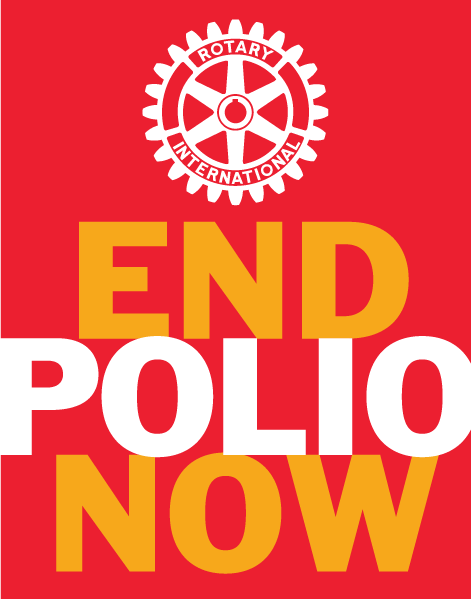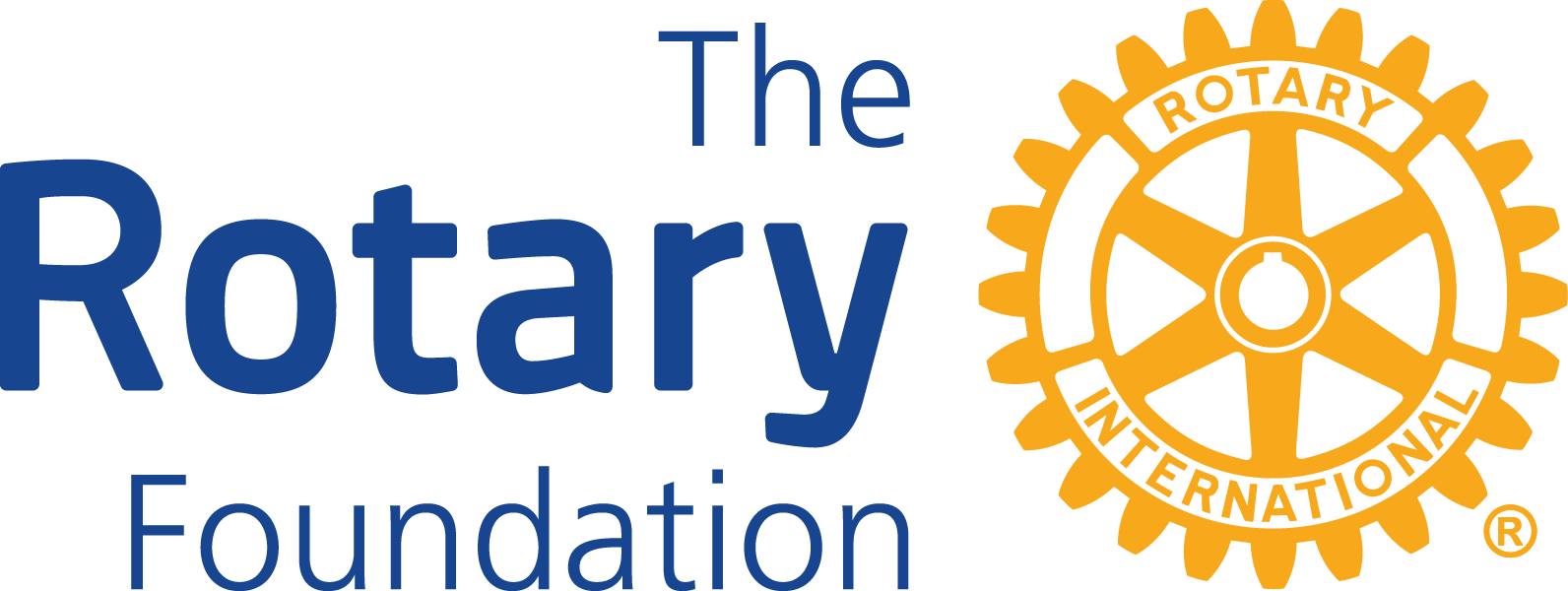The Rotary Foundation is a non-profit corporation that supports the efforts of Rotary International to achieve world understanding and peace through international humanitarian, educational, and cultural exchange programs. It is supported solely by voluntary contributions from Rotarians and friends of the Foundation who share its vision of a better world.
The Foundation was created in 1917 as an endowment fund for Rotary "to do good in the world." It has grown from an initial contribution of US$26.50 to more than US$1 billion. It has one of the largest and most prestigious international fellowship programs in the world.
The following programs are funded and driven by the Rotary Foundation.
Polio Eradication

Rotarians have mobilised by the hundreds of thousands to ensure that children are immunised against this crippling disease and that surveillance is strong despite the poor infrastructure, extreme poverty and civil strife of many countries.
Since the program’s inception in 1985 more than two billion children have received oral polio vaccine. Since 1988, we’ve seen a worldwide reduction in polio cases of 99.9%. 2017 saw wild polio cases in only three countries. From the launch of the Global Polio Eradication Initiative in 1988, more than 17.4 million people, mainly in the developing world, who would otherwise have been paralysed, are walking because they have been immunised against polio. More than 650,000 paralytic cases of polio are now prevented every year.
By the time the world is certified polio-free, the Rotary Foundation’s contributions to the global polio eradication effort will exceed US$2.2 billion.
Humanitarian Grants Program
Disaster Recovery: Facilitates club efforts to support disaster preparedness and recovery.
District Simplified Grants: Support for short-term service activities or humanitarian endeavours of districts in communities locally or internationally. This program began in 2003–2004 and projects in 44 countries at a cost of US$5.2 million were awarded.
Matching Grants: Provide matching funds for the international service projects of Rotary clubs and districts. Since 1965, more than 20,000 Matching Grants projects in 166 countries have been funded at a cost of more than US$198 million.
Educational Programs
Group Study Exchange (GSE): These annual awards are made to paired Rotary districts to provide travel expenses for a team of non-Rotarians from a variety of vocations. Rotarian hosts organize a four- to six-week itinerary of educational and cultural points of interest. Since 1965, almost 48,000 individuals in more than 11,000 teams from more than 100 countries have participated at a cost of US$85 million.
Rotary Peace Fellowships: Up to 100 fellows are selected every year in a globally competitive process based on personal, academic, and professional achievements. Fellows earn a master’s-level degree or a professional development certificate in peace and conflict studies at one of six Rotary Peace Centres at leading universities in Australia, England, Sweden, Japan, the United States and Thailand.
A Short History of the Rotary Foundation
In 1917, RI President Arch C. Klumph proposed that an endowment be set up “for the purpose of doing good in the world.” In 1928, when the endowment fund had grown to more than US$5,000, it was renamed The Rotary Foundation, and it became a distinct entity within Rotary International. Five Trustees, including Klumph, were appointed to “hold, invest, manage, and administer all of its property...as a single trust, for the furtherance of the purposes of RI.” Two years later, the Foundation made its first grant of $500 to the International Society for Crippled Children.
The Great Depression and World War II both impeded the Foundation’s growth, but the need for lasting world peace generated great post war interest in its development. After Rotary’s founder, Paul P. Harris died in 1947, contributions began pouring into Rotary International, and the Paul Harris Memorial Fund was created to build the Foundation.
That year, the first Foundation program – the forerunner of Rotary Foundation Ambassadorial Scholarships – was established. In 1965-66, three new programs were launched: Group Study Exchange, Awards for Technical Training, and Grants for Activities in Keeping with the Objective of The Rotary Foundation, which was later called Matching Grants.
The Health, Hunger and Humanity (3-H) Grants program was launched in 1978, and Rotary Volunteers was created as a part of that program in 1980. PolioPlus was announced in 1984-85, and the next year brought Rotary Grants for University Teachers. The first peace forums were held in 1987-88, leading to the Foundation's peace and conflict studies programs.
Throughout this time, support of the Foundation grew tremendously. Since the first donation of $26.50 in 1917, it has received contributions totaling more than $1 billion. More than $70 million was donated in 2003-04 alone. To date, more than one million individuals have been recognised as Paul Harris Fellows – people who have given US$1,000 to the Annual Programs Fund or have had that amount contributed in their name.
Such strong support, along with Rotarian involvement worldwide, ensures a secure future for The Rotary Foundation as it continues its vital work for international understanding and world peace.
The Rotary Foundation Goals
♦ Eradicate polio, our top priority
♦ Build a sense of ownership of our Foundation among Rotarians through their contributions to the Annual Programs Fund, the Permanent Fund, and our Rotary Peace Centres
♦ Continue our progress on the Future Vision plan and align our service projects with the six areas of focus
♦ Peace and conflict prevention/ resolution
♦ Disease prevention and treatment
♦ Water and sanitation
♦ Maternal and child health
♦ Basic education and literacy
♦ Economic and community development
